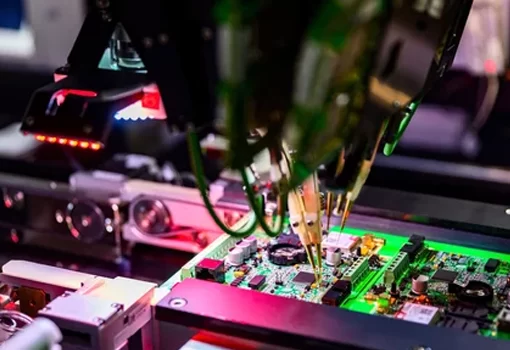The past 3 to 4 years has seen a significant uptake in electronics manufacturing due to several trends, such as Industrial Internet of Things (IIoT), Big Data, and cloud computing. Electronic manufacturing companies have realized the need to prepare to serve the next generation opportunities that require technological advancements. The next 3 to 4 years will see a significant change in approach by both the original equipment manufacturers (OEMs) and electronic manufacturing service (EMS) providers regarding how they will adopt efficient manufacturing methods by converting their existing factories to becoming Factories of the Future.
Industry leaders such as Flextronics, Celestica, Jabil Circuits, and Foxconn are transitioning towards becoming a one-stop-shop for all the future manufacturing needs, which requires focus and extensive planning including technology, location, and investment. As the trends of the past 3 to 4 years suggest, the demand for customized design and manufacturing of specific components for a specific needs has seen an increase. This is expected to be the way forward. This customized need is coming from all segments, including healthcare, automotive, A&D, and retail. The need for custom made products will trigger a need for efficient and smarter factories, which will in turn help meet the service level agreements (SLAs).
Due to the demand for custom made components, the electronic manufacturing industry is likely to witness the expansion of production in smaller sites, which will require smaller investment. The adoption of newer technologies such as sensors, robotics, vision-guided systems, integrated inspection systems (such as 3-D visual inspection technologies), touch screens, and a cloud-based approach will increase the efficiencies of factories and will make them smart and efficient.
Several emerging processes such as 3-D printing, additive manufacturing, smart materials, innovation flexibility, design review processes, lean initiatives, and intuitive integration will push electronic manufacturing to the next level, meeting the demands from every sector witnessing growth in the longer term. Some of the processes are in the adoption stage while some are in the pilot stages, however, the shift in electronic manufacturing is likely to witness a significant positive change in the next 8 years until 2025.




